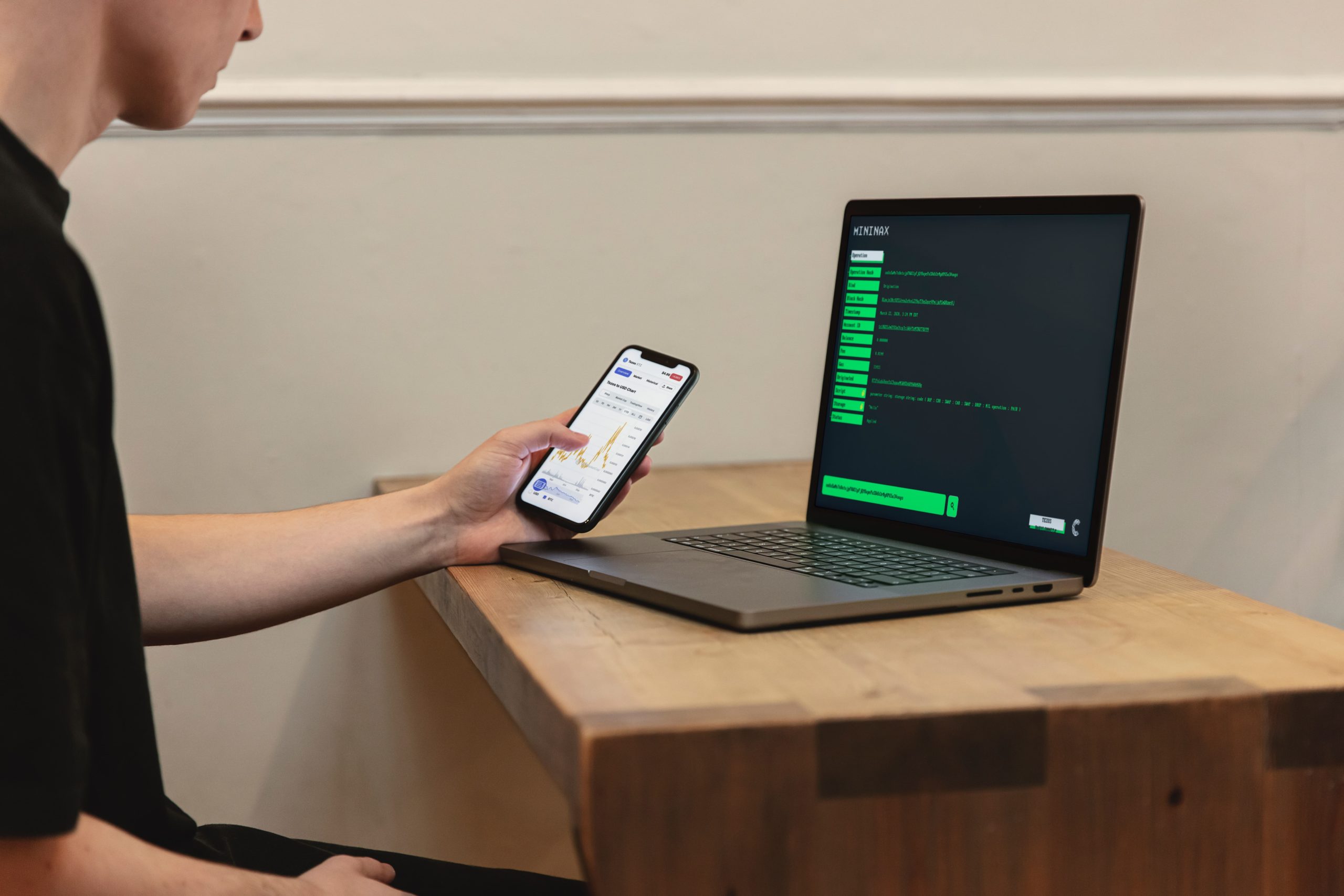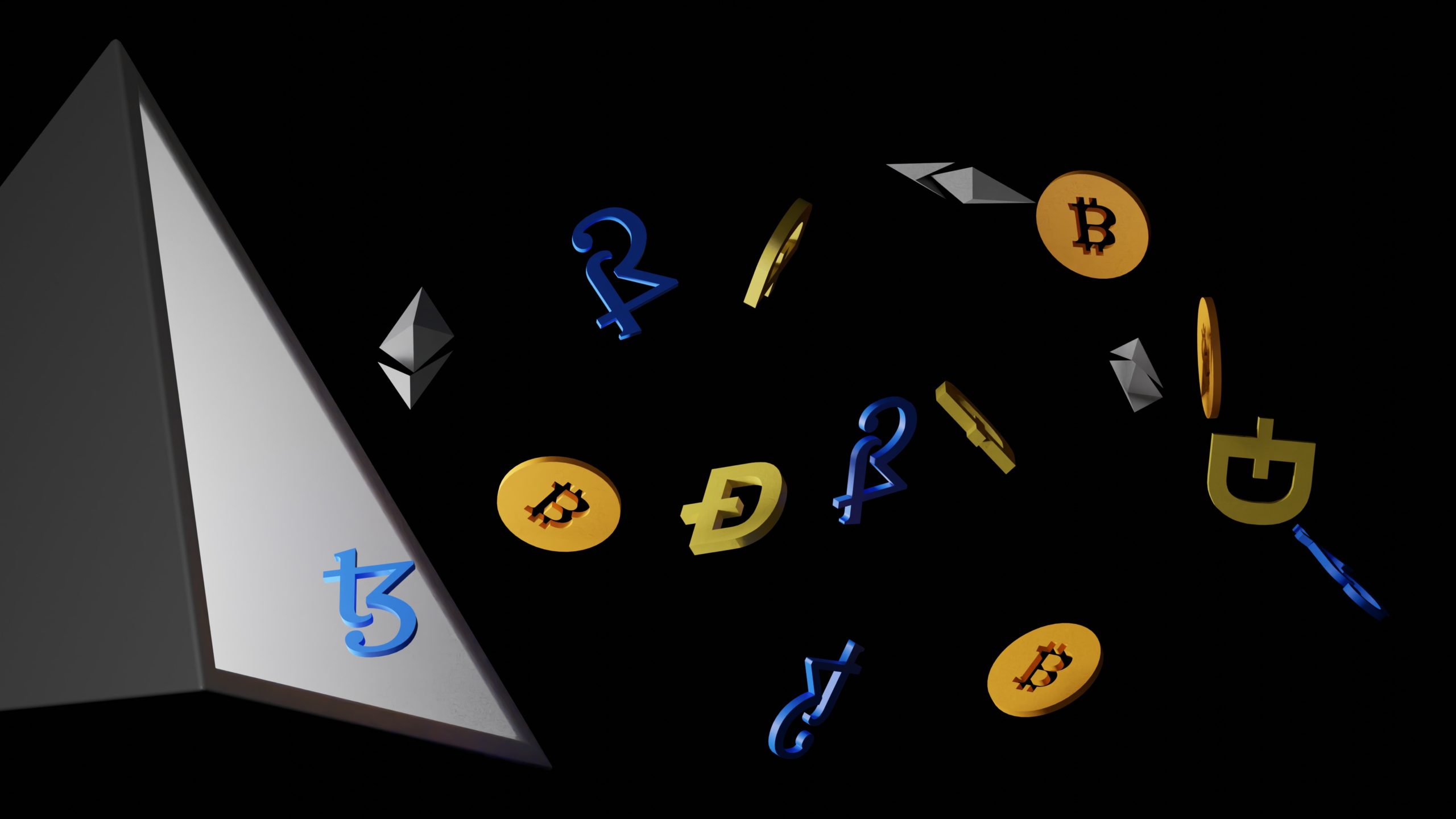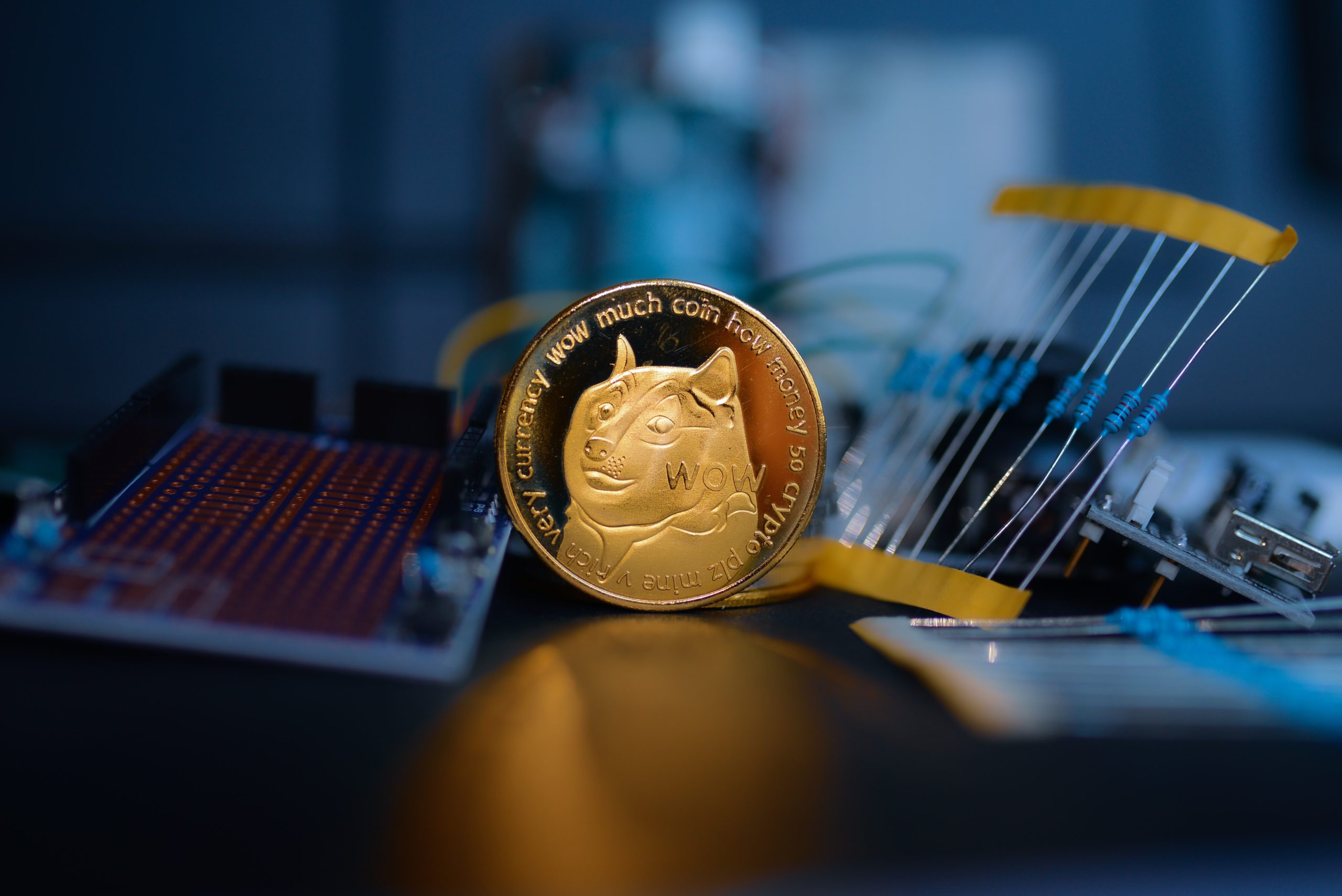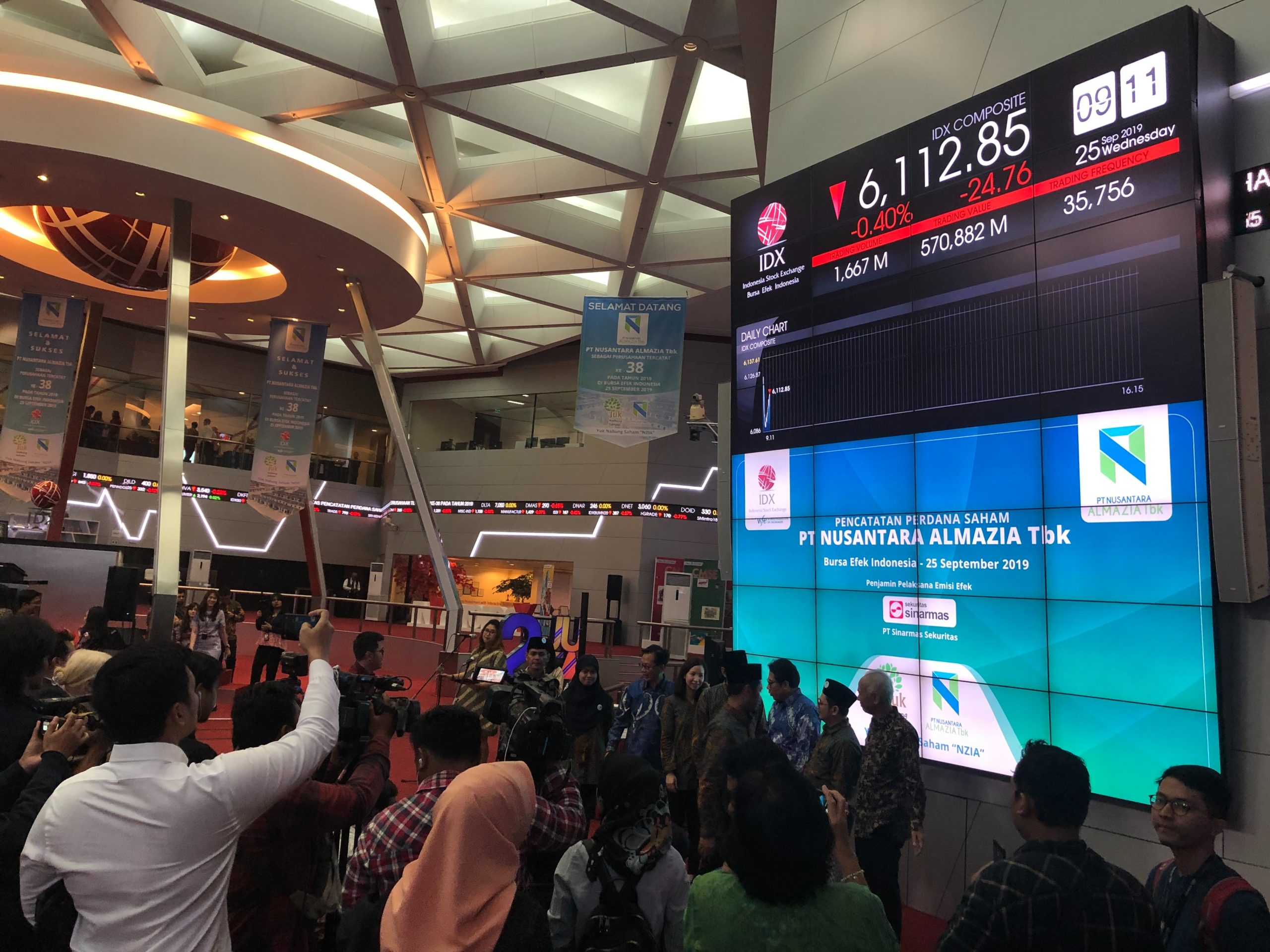Money is what moves the world. Whether tangible or digital, one cannot move a block away from home without some form of fluid money. As the world keeps on shrinking with each passing day, the need for advancement in the way we transfer money from one corner of the planet to the other keeps on increasing. Huge sums of money are rapidly flown from south to west and east to north every second, around the clock.
Yet, the money transferring industry keeps on evolving with time. For expatriates, immigrants, businesses, and corporations transferring money securely, safely, and in the least amount of time is a perpetual challenge. Thankfully, there are more channels to do so today, rather than mere banks as in the past.
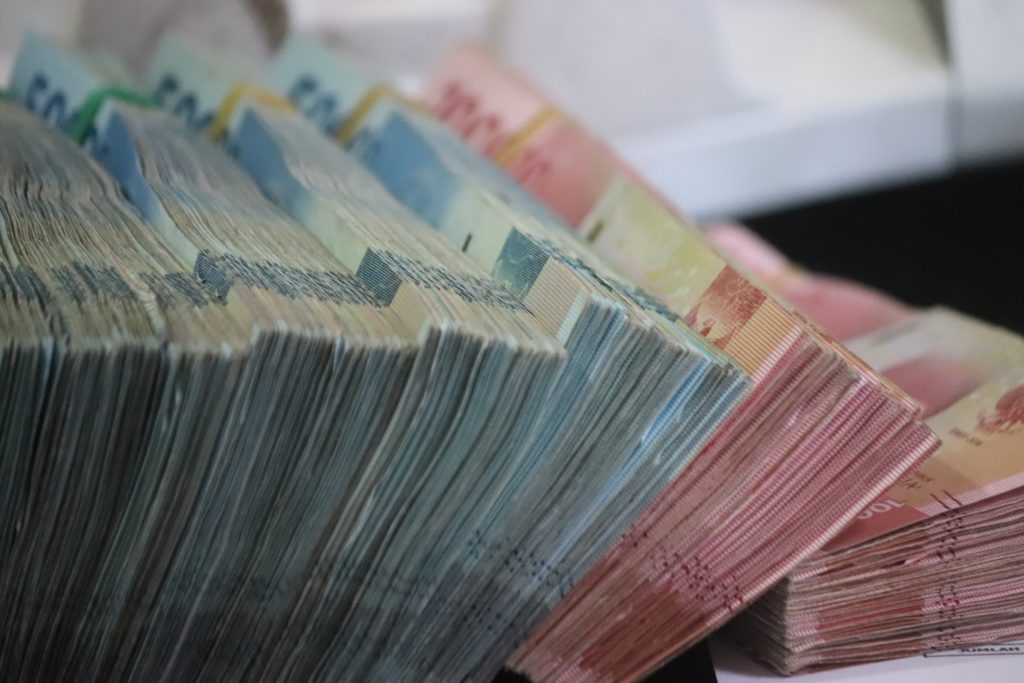
Ways to transfer money between continents
This article is dedicated to exploring ways by which money can be transferred from Europe to Asia. The method one may choose depends on the amount, place of origin and destination, time available, and type of facility available at both ends.
Bank transfer
Internationally money is transferred through wire services from one bank to another. It uses a network called SWIFT, which stands for Society of Worldwide Interbank Financial Transactions. Every bank is assigned a unique alphanumeric identifier which is recognized by every state bank in the world, the key is called the International Bank Account Number or simply IBAN.
Despite its name, SWIFT transfers are not swift at all. Depending on the bank services and economic relations between the two countries, it may usually take up to 3 working days till the amount is reflected in the receiver’s account. The upside of SWIFT transfers is that they are completely secure and have the state’s backing on both ends. Note that the currency is converted into the local currency of the recipient, and exchange rate differences shall be factored in before transacting.
Online platforms
With the advancement in internet speed and global accessibility, faster internet-based channels such as PAYPAL, Payoneer, Skrill, etc. now offer money transfer services globally. From the palm of your phone, you can transfer money to any online account in local currency, the recipient can get the amount cashed out from the nearest bank or directly through an ATM card subsequently.
There are a few limitations while using these platforms. Firstly, the amount to be transferred can not exceed the allowed limit, which is USD 3,000 in our case. Secondly, apart from the expected loss in exchange rates, the platforms also charge a percentage fee for each transaction. Some platforms charge at both ends, while others offer the option as to who agrees to pay, either the sender or the receiver. The advantages of internet transfers are that they are quick, reliable, and provide timely customer support.
Wire transfers
Another method of sending money to any Asian country is through a wire transfer. In this area, the two leading players are Western Union and Moneygram. The sender can physically go to one of many branches and simply deposit cash in the corresponding receiver’s account, and the money is transferred instantly. The receiver can then collect the money by visiting a branch nearest to him/her and producing the code they received by email or phone and collect their money. A nominal fee (variable) is charged on the transaction which is deducted at the receiver’s end. For instance, if you have to send the ‘x’ amount in Pakistan, you will deposit ‘x+y’; where ‘y’ is the transaction fee. The receiver gets the ‘x’ amount that you intended.
Best way to transfer
To decide which way suits you the most completely depends on the sum of money and the destination. For instance, in amounts between USD 1 and 3,000, the best options will be wire transfer or online platforms. Remember that not all online platforms work in every country in Asia, such as Paypal which is not available in many countries.
Similarly, for amounts exceeding the USD 3000 threshold, a bank transfer is more suitable, instead of breaking the sum into many internet transfers. Generally, higher sums are for business purposes or sent as remittance, so banks guarantee a secure channel and apply no additional fee in most cases.


